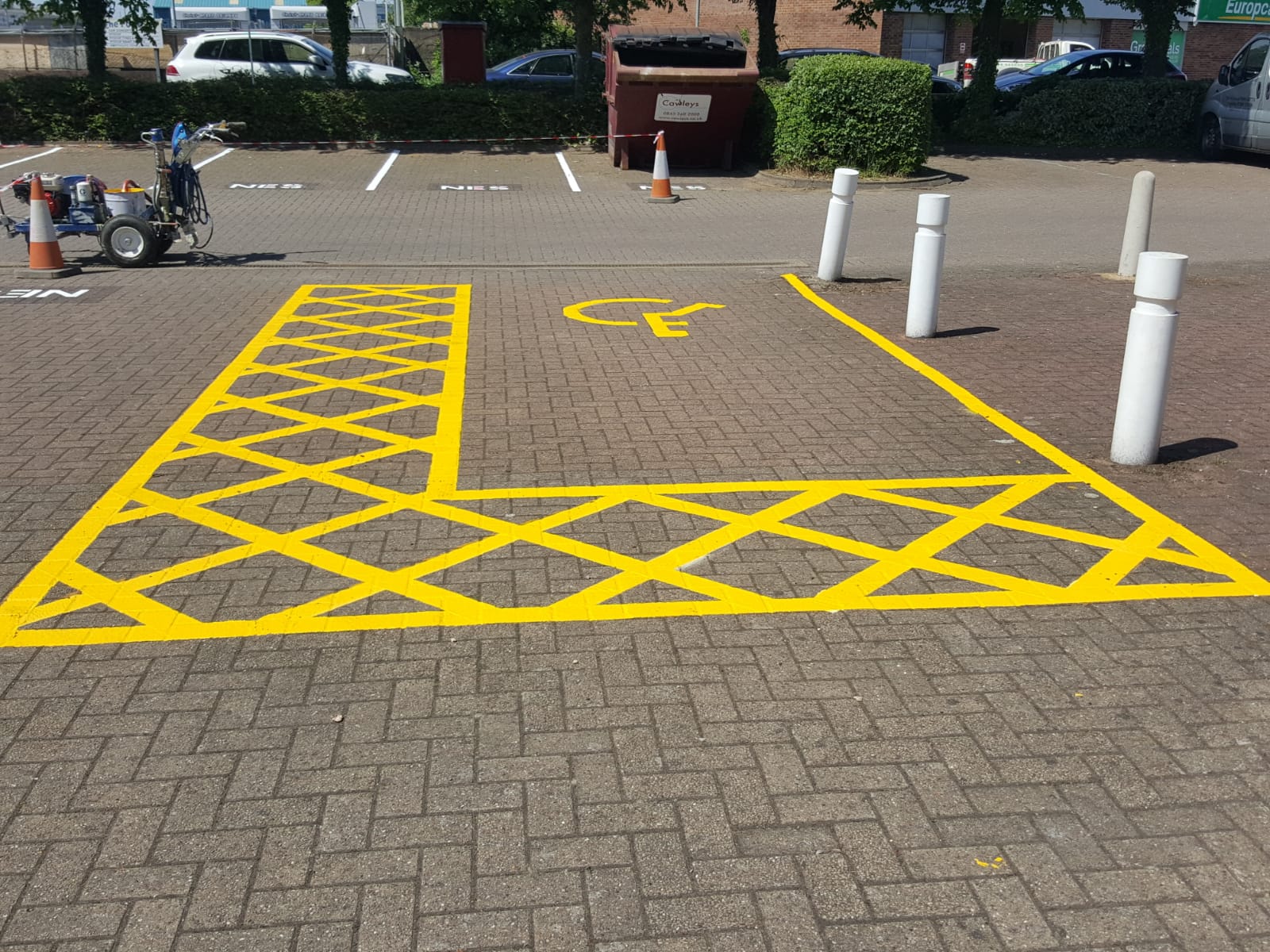What cost should be allocated for saving lives on the nation's highways?
With so much focus on Health & Safety in the workplace and on employers to ensure strict compliance, how come this not extended to the highway network for the safety of all road users?
THE PLANET Health Organisation has stated there's within an epidemic of road deaths and all members of the US have agreed to co-operate to lessen road deaths by 50% over the next 10 years.
During 12 years to 2011, the police recorded more than three million road casualties in the united kingdom.
A lot more than 36,000 people lost their lives and another 373,985 were seriously injured.
As the price paid by the victims and their families is inestimable, the annual cost to the economy is put between �15bn and �32bn.
What can the united kingdom do?
Highway Road Markings provide guidance at all times and providing a significant line visibility impact to motorists travelling at night. They are a safety feature of the highway.
The Highways Agency introduced TD26/07 as a road marking performance standard within some of their current MAC contracts and is particularly contained in the new Asset Support Contracts. This standard included the requirement for annual retro-reflectivity testing with High Speed Monitoring equipment (Ecodyn) to provide evidence of compliance with the standard.
In the UK the existing minimum standard of retro-reflectivity performance for road markings is 100mcd/lux/m� having an intervention degree of 80mcd/lux/m�.
It is commented that road markings represents less than 1% of the total annual budget expenditure for maintenance on Motorway and Trunk Road Contracts and that, affordability, road markings provide the best profits on return and also save lives.
They are often overlooked by the street user and, like the surface they are travelling on, are always expected to be there. If they are missing, or difficult to see, there's the risk of an issue.
Independent condition surveys indicate the standard is deteriorating nationally suggesting road user's lives being jeopardized.
However, there appears to be a reluctance to implement improvements to the typical. Why?
In a factory, office or construction site environment, you will find a requirement to handle a risk assessment before any works can proceed.
Should those in charge of the maintenance of the country's highway network and safety of most road users become more proactive in ensuring recognised standards are implemented completely to reduce risks?
Answer: YES
You will find a solution.
Equipment is available that will determine the health of road markings and offer a 'risk assessment' of the network. Any areas of existing road markings defined as failing to meet the safety performance standard ought to be rejuvenated by over-marking in order to avoid exposing road users to increased potential safety risks/hazards.
A company based in Devon introduced a high speed, low cost product to the marketplace in 2001 and, after promotional and development work, established the product known as HyperLine in to the highway road marking market.
They were commissioned to establish the condition of the road markings through the entire DBFO network and to submit a program of work designed to raise the standard of road markings in compliance with TD26/07 over a three year period and to then maintain this standard in a agreed annual budget expenditure on an on-going basis thereafter.
Since inception of this contract, the road markings on the DBFO network received HyperLine treatment and, due to this fact, have consistently exceeded the typical retro-reflectivity requirement.

It has been supported by annual Ecodyn surveys to supply proof TD26/07 compliance to the major contractor and, ultimately, to the HA.
There have been other MAC contracts where, after the system has been used, arrangements have already been made to extend using HyperLine in subsequent seasons, thus proving the high impact of the merchandise and its cost effectiveness and consistency.
Aside from any social and moral obligation, a contractual requirement exists in current and new HA contracts that should ensure there is absolutely no reason for the network highway road markings to be permitted to disappear or fall below the minimum performance standard.
The street marking industry has developed a performance specification with the HA; there exists a performance standard incorporated into most HA contract documents; there is equipment available that is able to measure and provide evidence against the performance standard; there are products available to meet the requirements of the specification and the standard; They will have specialist equipment to ensure their applied product meets the requirements of the specification and the typical; operatives are fully trained and qualified to adhere to certain requirements of Sector Scheme No7.
What is apparently lacking is Hop over to this website that highway road markings need a low priced funding commitment and an acknowledgement to simply accept the necessity to implement the safety standard to ensure we've provided the safest conditions possible for all road users.
The risk to motorists is obvious. The risk to the tax payer is litigation brought against the HA or LA from an injured road user as the result of non-compliant highway road markings.
Travel by road in the UK is a high risk area where injuries and fatalities are regularly reported. We've an obligation as a nation to respond and respond to ensure all necessary steps are taken to reduce this known risk to every road user.
Highway Road Markings certainly are a low priced, high impact, road safety measure that may, if implemented as specified, supply the nation with a highway asset of significant environmental value to all motorists and tax payers who, subsequently, expect the best standards of road safety for the advantage of all.
